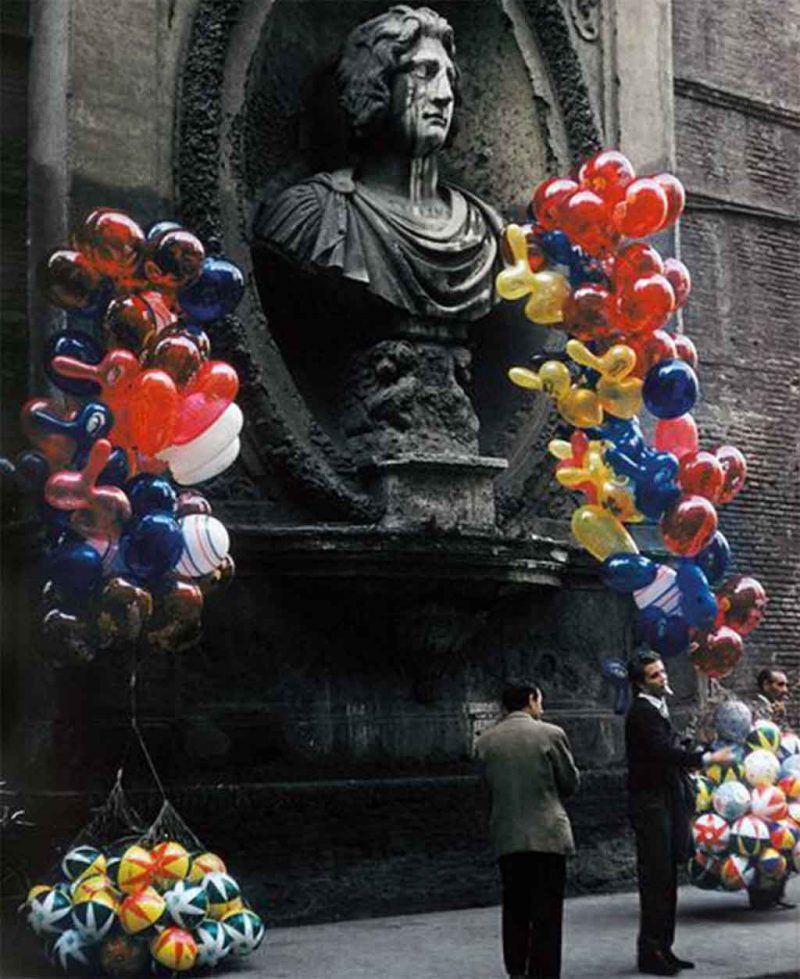Before Modernity, People Worked Less
Modernity self-rationalizes by telling us that in the past, people lived naturalistic lives that were “nasty, brutish, and short” and that everyone was filthy, ignorant, stupid, disease-ridden, and worked endless hours in the dark.
As we discover more of our past, which has mYsTeRiOuSlY been forgotten, we discover that all of this is hyperbole. Just as the unions swore up and down that child labor and 14-hour days were the norm, we now find that the Left is lying yet again.
It turns out that pre-industrial workers served fewer hours on the job:
Consider a typical working day in the medieval period. It stretched from dawn to dusk (sixteen hours in summer and eight in winter), but, as the Bishop Pilkington has noted, work was intermittent – called to a halt for breakfast, lunch, the customary afternoon nap, and dinner. Depending on time and place, there were also midmorning and midafternoon refreshment breaks. These rest periods were the traditional rights of laborers, which they enjoyed even during peak harvest times. During slack periods, which accounted for a large part of the year, adherence to regular working hours was not usual. According to Oxford Professor James E. Thorold Rogers, the medieval workday was not more than eight hours. The worker participating in the eight-hour movements of the late nineteenth century was “simply striving to recover what his ancestor worked by four or five centuries ago.”
An important piece of evidence on the working day is that it was very unusual for servile laborers to be required to work a whole day for a lord. One day’s work was considered half a day [ most likely unintentionally reversed: working for half a day was considered the equivalent of a whole day of labor ], and if a serf worked an entire day, this was counted as two “days-works.”
During one period of unusually high wages (the late fourteenth century), many laborers refused to work “by the year or the half year or by any of the usual terms but only by the day.” And they worked only as many days as were necessary to earn their customary income — which in this case amounted to about 120 days a year, for a probable total of only 1,440 hours annually (this estimate assumes a 12-hour day because the days worked were probably during spring, summer and fall). A thirteenth-century estime finds that whole peasant families did not put in more than 150 days per year on their land. Manorial records from fourteenth-century England indicate an extremely short working year — 175 days — for servile laborers. Later evidence for farmer-miners, a group with control over their worktime, indicates they worked only 180 days a year.
Yet another myth falls. Of course, before democracy created social mobility and therefore manic competition for jobs, most people had relatively assured work and therefore, no need to constantly demonstrate visually that they were putting in those extra hours to make their bosses look good.
Given that we have labor-saving devices everywhere, we should be working four-hour days or less at this point, but we have instead expanded the scope of what we do to include luxuries and subsidies for the underclass, which requires us to work more than ever before.
Some would like to blame capitalism for this, but the more likely culprit is modern government, which creates both social mobility and high tax burdens, meaning that no one can “just live” but most work all the time in order to afford their taxes, housing, and overpriced food.
Tags: antiwork, jobs, jobs are jails, work










